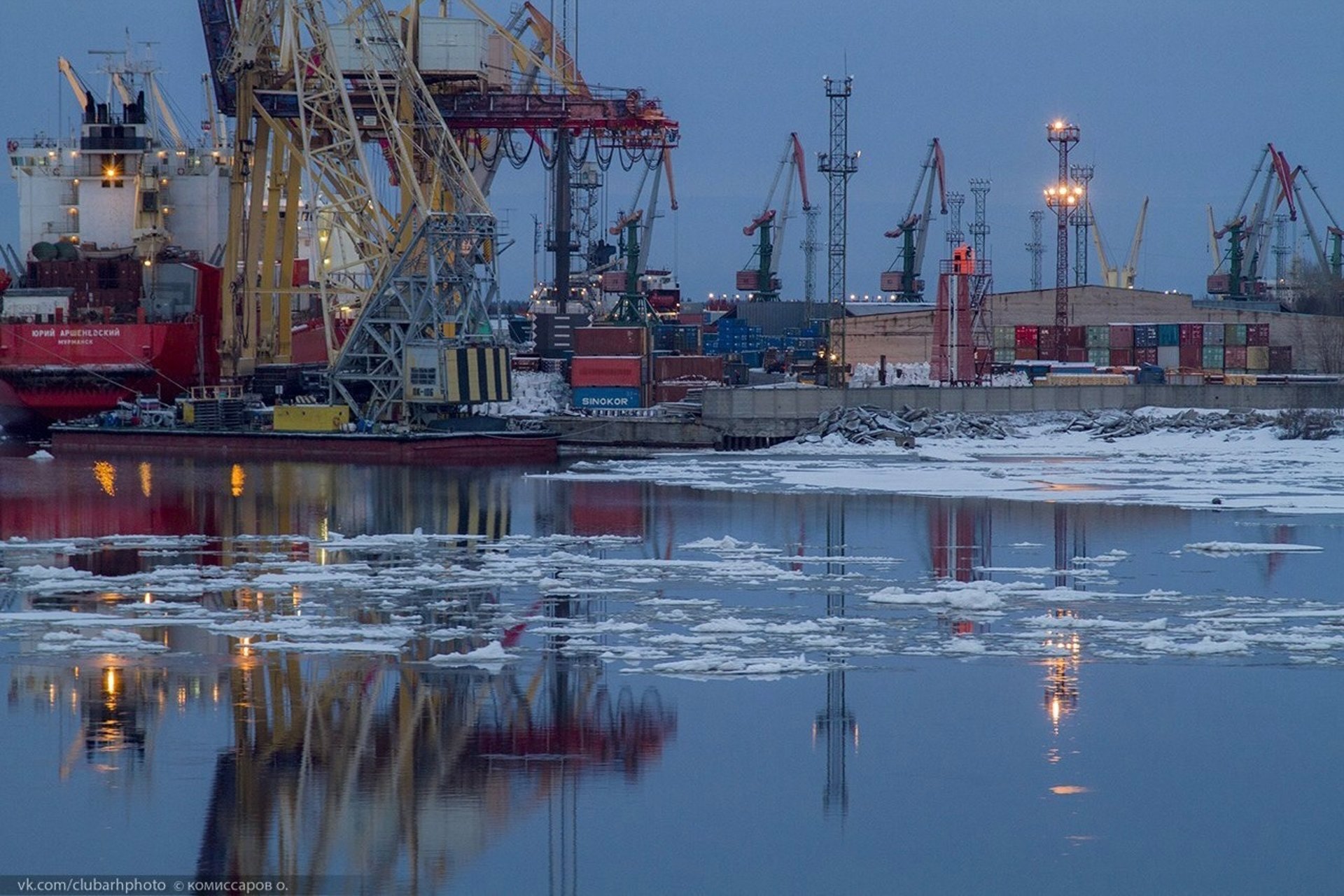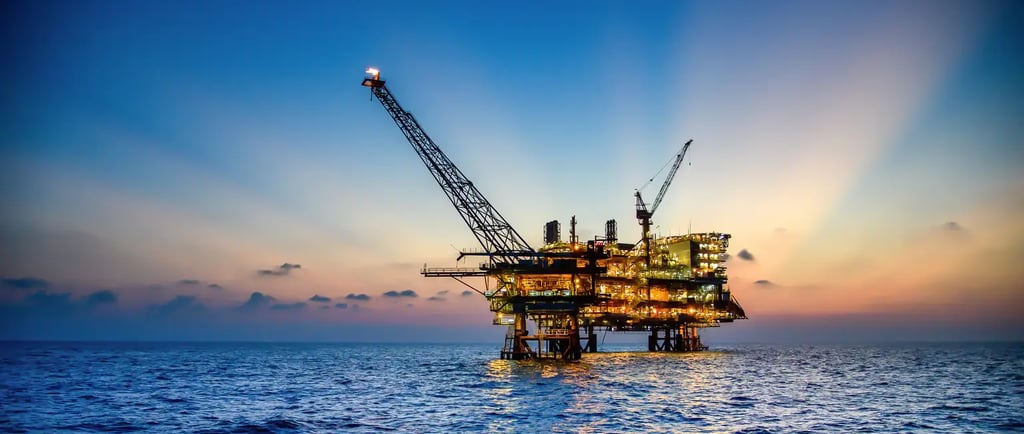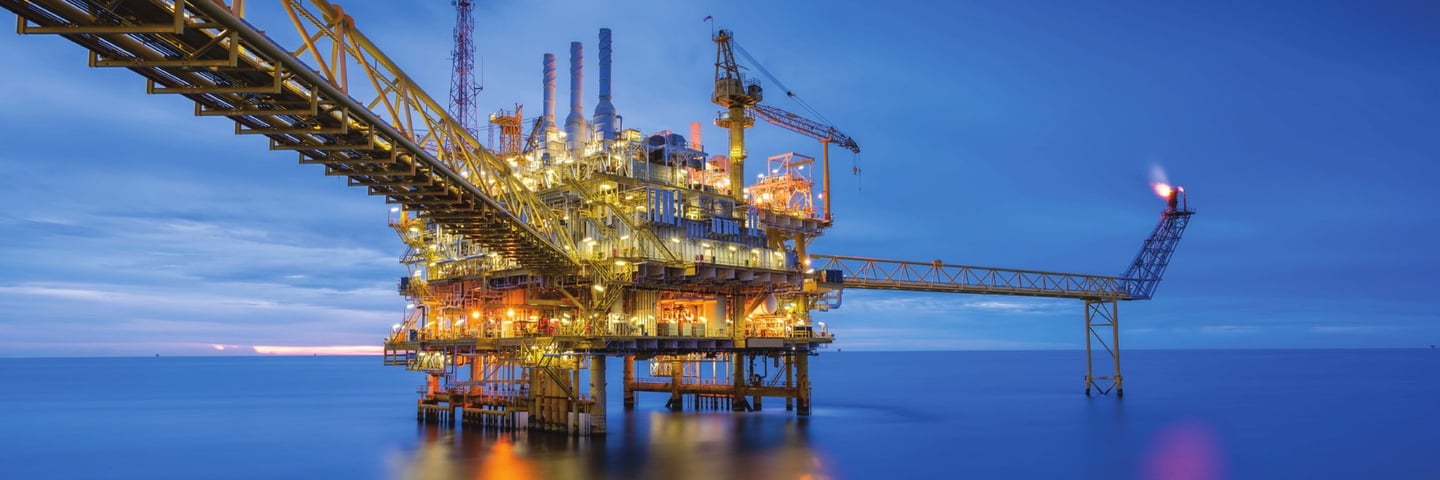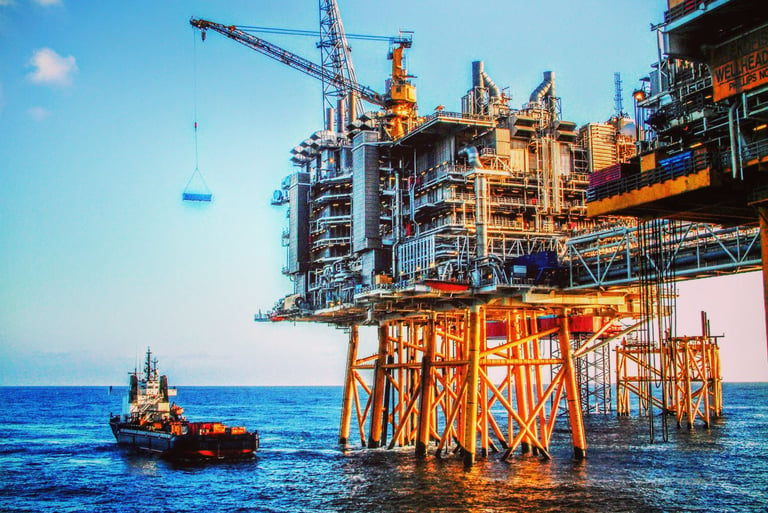📞+86 153 7530 2641 📧 hongjing.Wang@feichuncables.com

Choosing the Right Cable Sheath for Port Applications: 5GM5 Rubber vs. PUR Rubber
Discover the differences between 5GM5 rubber and PUR rubber for cable sheathing in port environments. Learn about their chemical composition, properties, typical applications, and future trends to make informed decisions for port projects. Keywords: 5GM5 rubber, PUR rubber, port cables, cable sheathing, weather resistance, oil resistance, wear resistance, port applications.
hongjing.Wang@Feichun
7/7/20256 min read


Introduction
Ports are critical hubs for global trade, handling vast amounts of cargo and passenger traffic. The infrastructure within ports—cranes, conveyors, lighting systems, and communication networks—relies on electrical cables to operate efficiently. These cables face unique challenges, including:
Corrosive environments: Exposure to saltwater, chemicals, and pollutants can degrade materials.
Mechanical stress: Cables endure bending, twisting, and pulling, especially in automated systems.
Temperature variations: Ports experience extreme temperatures, from freezing winters to hot summers.
UV exposure: Outdoor cables are subject to sunlight, which can cause material degradation.
Oil and fuel exposure: Contact with oils and fuels is common in port machinery.
The outer sheath of a cable is its first line of defense, protecting internal conductors while ensuring flexibility and durability. Two materials commonly used for cable sheathing in ports are 5GM5 rubber (cross-linked chlorinated polyethylene rubber) and PUR rubber (thermoplastic polyurethane). This article compares their chemical composition, structural differences, properties, and applications in port environments, providing guidance for selecting the right material. It also addresses common cable problems through a Q&A section and explores future trends in cable sheathing for ports.
Chemical Composition and Structural Differences
5GM5 Rubber
5GM5 rubber is a thermosetting material based on chlorinated polyethylene (CPE). Its composition includes:
Base Polymer: Chlorinated polyethylene (CPE), created by chlorinating polyethylene to introduce chlorine atoms, enhancing resistance to oils, chemicals, and weathering.
Cross-linking Agent: Tripropylene isocyanurate (TAIC), which forms a three-dimensional network, improving mechanical strength and heat resistance.
Additives: Vulcanization accelerators and processing aids facilitate the cross-linking process and enhance manufacturability.
The thermosetting cross-linked network gives 5GM5 rubber high tear resistance and stability under mechanical stress. Once cross-linked, it cannot be melted or reshaped, making it ideal for applications requiring durability but challenging for recycling.
PUR Rubber
PUR (polyurethane) rubber is a thermoplastic elastomer with the following composition:
Base Polymer: Polyurethane, typically a copolymer of polyether- or polyester-polyol and diisocyanate. The choice of polyol affects flexibility and hydrolysis resistance.
No Cross-linking Agent Required: PUR forms a thermoplastic elastomer structure through chain extension and physical cross-linking of hard and soft segments, eliminating the need for chemical cross-linking.
Structural Characteristics: The coexistence of semi-crystalline and amorphous phases provides a balance of strength and flexibility, contributing to high wear resistance, oil resistance, and weather resistance.
As a thermoplastic, PUR can be melted and reshaped, enhancing its recyclability and processing flexibility compared to 5GM5 rubber.
Comparison of Main Properties
The following table compares the key properties of 5GM5 rubber and PUR rubber, highlighting their suitability for port applications:
Property 5GM5 Rubber PUR Rubber
Temperature Range -40℃ to +90℃ (fixed); -25℃ to +90℃ (moving) -50℃ to +125℃ (dynamic); -40℃ to +85℃ (static)
Oil and Chemical Resistance Good (ester oil, light mineral oil); slightly inferior to PUR Excellent (oil, solvent, acid, alkali, UV, microorganisms)
Wear Resistance High (cross-linked network improves cutting and wear resistance) Very high (excellent scratch, splitting, and impact resistance)
Elasticity and Flexibility Good (strong resilience after cross-linking) Excellent (soft at low temperatures, long anti-bending life)
Self-Extinguishing General (requires added flame retardants) Self-extinguishing (halogen-free, meets flame-retardant standards)
Environmental Adaptability Resistant to saltwater and sewage, but ages under long-term UV exposure Excellent (resistant to UV, ozone, microorganisms; long lifespan)
Recyclability Thermosetting, non-remeltable; requires special disposal processes Thermoplastic, can be melted and recycled


Detailed Analysis
Temperature Range: PUR rubber’s broader dynamic range (-50℃ to +125℃) makes it ideal for ports with extreme temperature fluctuations, especially in moving applications. 5GM5 rubber’s range is sufficient for fixed installations but less versatile for dynamic use.
Oil and Chemical Resistance: PUR’s superior resistance to oils, solvents, acids, alkalis, UV, and microorganisms makes it better suited for harsh port environments. 5GM5 rubber performs well with ester oils and light mineral oils but is less resistant to other chemicals.
Wear Resistance: Both materials offer high wear resistance, but PUR’s exceptional scratch, splitting, and impact resistance gives it an edge in dynamic applications like drag chains.
Elasticity and Flexibility: PUR’s flexibility, especially at low temperatures, ensures a longer anti-bending life, making it ideal for cables that undergo frequent movement. 5GM5 rubber’s resilience is good but less flexible in dynamic scenarios.
Self-Extinguishing Properties: PUR’s halogen-free, self-extinguishing nature aligns with modern safety standards, reducing toxic emissions in fires. 5GM5 requires additives to achieve similar flame resistance.
Environmental Adaptability: PUR’s resistance to UV, ozone, and microorganisms ensures a longer lifespan in outdoor port settings. 5GM5 is resistant to saltwater and sewage but degrades under prolonged UV exposure.
Recyclability: PUR’s thermoplastic nature allows for easier recycling, aligning with sustainability goals. 5GM5’s thermosetting properties make recycling challenging, requiring specialized processes.
Typical Use Scenarios and Selection Suggestions for Ports
Port applications vary widely, and the choice of sheathing material depends on the specific demands of each scenario:
Cargo Yard, Quay Crane Power Cable
Recommendation: 5GM5 Rubber
Reason: These applications involve heavy-load traction with fixed or minimal movement. 5GM5’s high mechanical strength and good oil resistance make it ideal for withstanding the stress of heavy equipment like quay cranes. Its cross-linked structure ensures durability under constant mechanical loads.
Example: Cables powering large quay cranes at container terminals benefit from 5GM5’s ability to resist cutting and abrasion during occasional repositioning.Automated Rail, Trolley Pulley Drag Chain Cable
Recommendation: PUR Rubber
Reason: These cables require frequent bending and movement in automated systems, often in low-temperature environments. PUR’s excellent flexibility, low-temperature softness, and long anti-bending life make it the preferred choice. Its wear resistance ensures longevity in dynamic applications.
Example: Drag chain cables in automated rail systems for container transport benefit from PUR’s ability to endure thousands of bending cycles without cracking.Sea Sewage Pump, Oil Spill Emergency Equipment
Recommendation: PUR Rubber
Reason: These applications involve exposure to seawater, chemicals, and UV radiation. PUR’s superior resistance to these factors, combined with its flexibility, makes it ideal for submersible or emergency equipment cables.
Example: Cables for sea sewage pumps in port wastewater management systems rely on PUR’s corrosion resistance to maintain performance in saline environments.Outdoor Lighting and Fixed Wiring
Recommendation: 5GM5 or Modified PUR
Reason: For static applications like outdoor lighting, both materials can be effective. 5GM5 offers cost-effective durability, while modified PUR provides enhanced UV resistance. The choice depends on budget and specific weather resistance needs.
Example: Fixed wiring for port lighting systems can use 5GM5 for cost savings or PUR for longer-term UV stability in exposed areas.
Frequently Asked Questions (FAQs) on Cable Problems
Below are answers to common questions about potential cable issues in port environments:
Q:What is the main difference between 5GM5 rubber and PUR rubber?
A:5GM5 rubber is a thermosetting material with a cross-linked structure, offering high mechanical strength for static or low-movement applications. PUR is a thermoplastic elastomer with superior flexibility and chemical resistance, ideal for dynamic and harsh environments.
Q:Which material is better for high-temperature applications?
A:PUR rubber is better suited, with a dynamic temperature range up to +125℃, compared to 5GM5’s +90℃. This makes PUR ideal for ports with hot climates or equipment generating heat.
Q:How do these materials handle saltwater exposure?
A:Both resist saltwater, but PUR’s additional resistance to UV and microorganisms ensures a longer lifespan in marine environments. 5GM5 may require UV-protective coatings for prolonged outdoor use.
Q:Can 5GM5 rubber be used in moving applications?
A:Yes, but its flexibility is limited to -25℃ to +90℃ in moving conditions. PUR’s broader dynamic range and superior flexibility make it better for frequent movement.
Q:What happens if a cable sheath fails in a port environment?
A:Sheath failure can expose conductors to corrosion, mechanical damage, or electrical faults, leading to downtime or safety hazards. Choosing the right material (e.g., PUR for chemical exposure) minimizes this risk.
Q:Are these materials safe in case of fire?
A:PUR is halogen-free and self-extinguishing, reducing toxic emissions in fires. 5GM5 requires flame-retardant additives to achieve similar safety levels, which may not be as effective.
Q:How do I address UV degradation in 5GM5 cables?
A:Use UV-resistant coatings or limit exposure by routing cables in shaded areas. Alternatively, choose PUR for inherent UV resistance in outdoor applications.
Summary and Future Prospects
In summary, 5GM5 rubber excels in applications requiring high mechanical strength and moderate movement, such as quay crane power cables, due to its robust cross-linked structure. PUR rubber is superior for dynamic applications, offering excellent flexibility, wear resistance, and environmental adaptability, making it ideal for drag chains and submersible equipment. The choice depends on the specific port application, balancing factors like movement frequency, environmental exposure, and cost.
Looking ahead, the cable sheathing industry is evolving to meet the demands of modern ports. Key trends include:
Lightweight, High-Strength Materials: Innovations aim to reduce cable weight while maintaining durability, crucial for mobile port equipment like cranes and automated rails.
Advanced Insulation and Jacketing: New materials enhance resistance to environmental factors and improve electrical performance, ensuring reliability in harsh conditions.
Electromagnetic Compatibility (EMC): With increasing use of sensitive electronics in ports, cables are designed to minimize interference, enhancing operational efficiency.
Environmental Compliance: The shift toward halogen-free, recyclable materials like PUR aligns with sustainability goals, reducing environmental impact.
Smart Monitoring Technologies: Emerging systems for real-time cable condition monitoring and lifespan prediction are improving maintenance and reducing downtime.
These trends, noted in recent industry insights (e.g., The Business Research Company), suggest that future port cables will prioritize sustainability, performance, and smart technology integration.
Conclusion
There is no universally “better” cable sheathing material; the choice between 5GM5 rubber and PUR rubber depends on the specific port application. Factors like environmental exposure, mechanical stress, maintenance costs, and expected lifespan should guide the decision. Collaborating with cable manufacturers to customize sheath structures ensures optimal performance. For tailored solutions or further inquiries.


How to Reach Us
Get in Touch
SiteMap
Product Catalogue
Reeling Cable
Festoon Cable
Shore Power Cable




Scan to add us on WeChat
